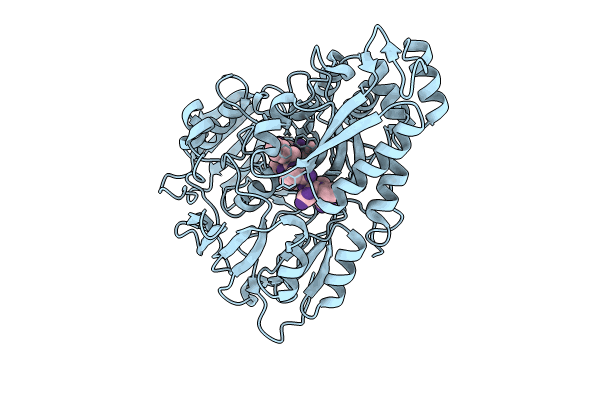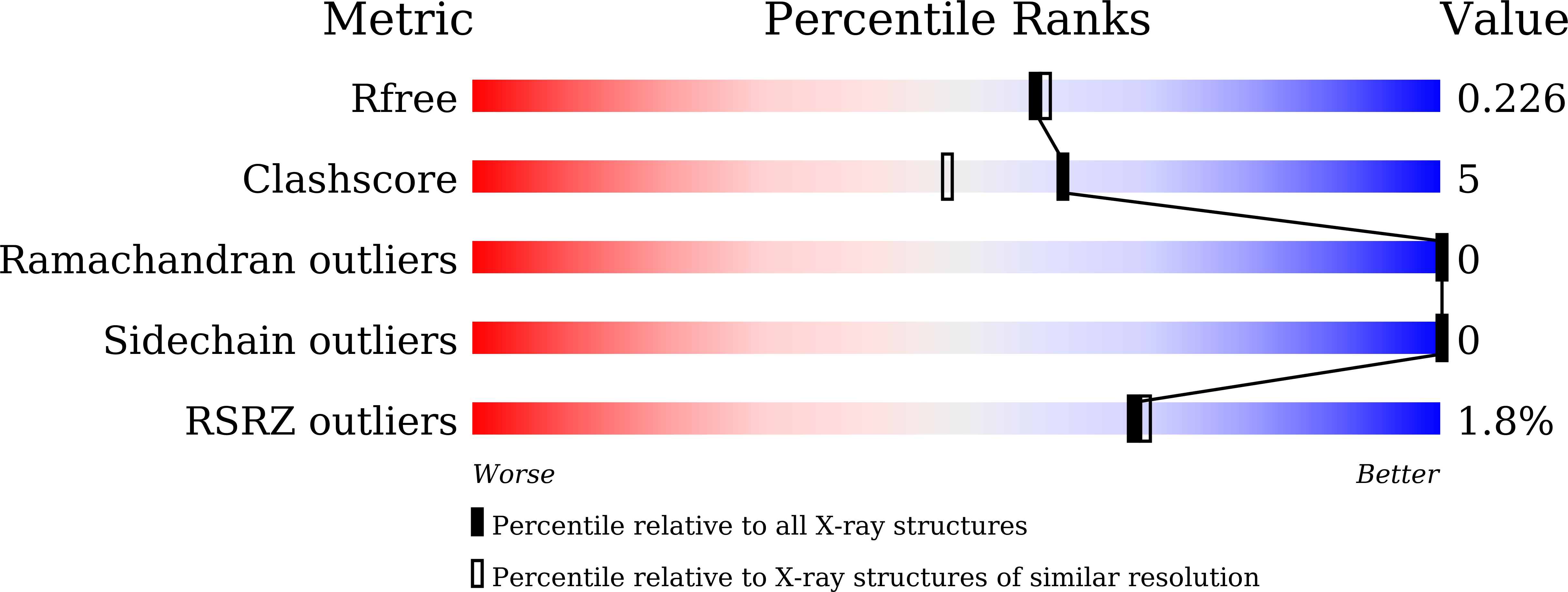
Deposition Date
2023-04-24
Release Date
2024-04-03
Last Version Date
2024-07-31
Entry Detail
PDB ID:
8J5U
Keywords:
Title:
Crystal structure of Mycobacterium tuberculosis OppA complexed with an endogenous oligopeptide
Biological Source:
Source Organism:
Mycobacterium tuberculosis (strain ATCC 25618 / H37Rv) (Taxon ID: 83332)
Mycolicibacterium smegmatis MC2 155 (Taxon ID: 246196)
Mycolicibacterium smegmatis MC2 155 (Taxon ID: 246196)
Host Organism:
Method Details:
Experimental Method:
Resolution:
1.98 Å
R-Value Free:
0.22
R-Value Work:
0.18
Space Group:
C 1 2 1


